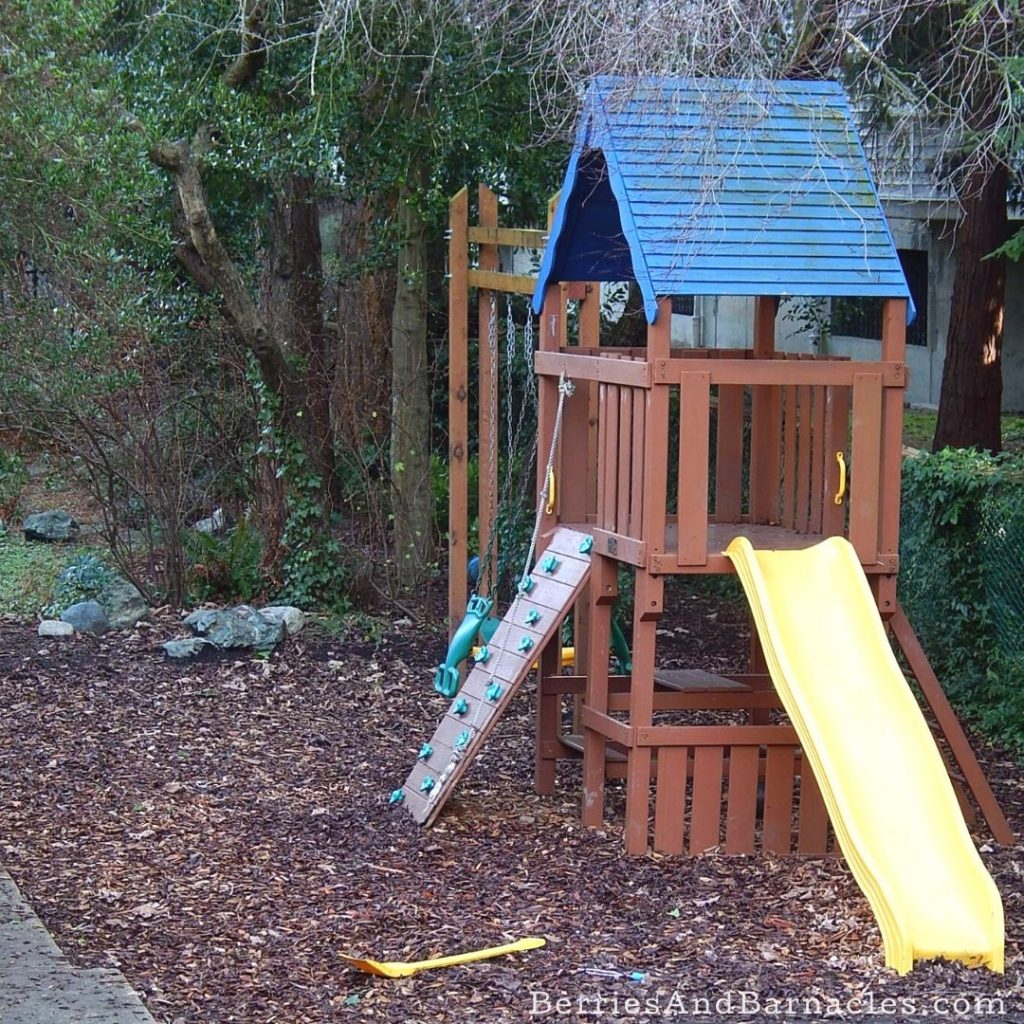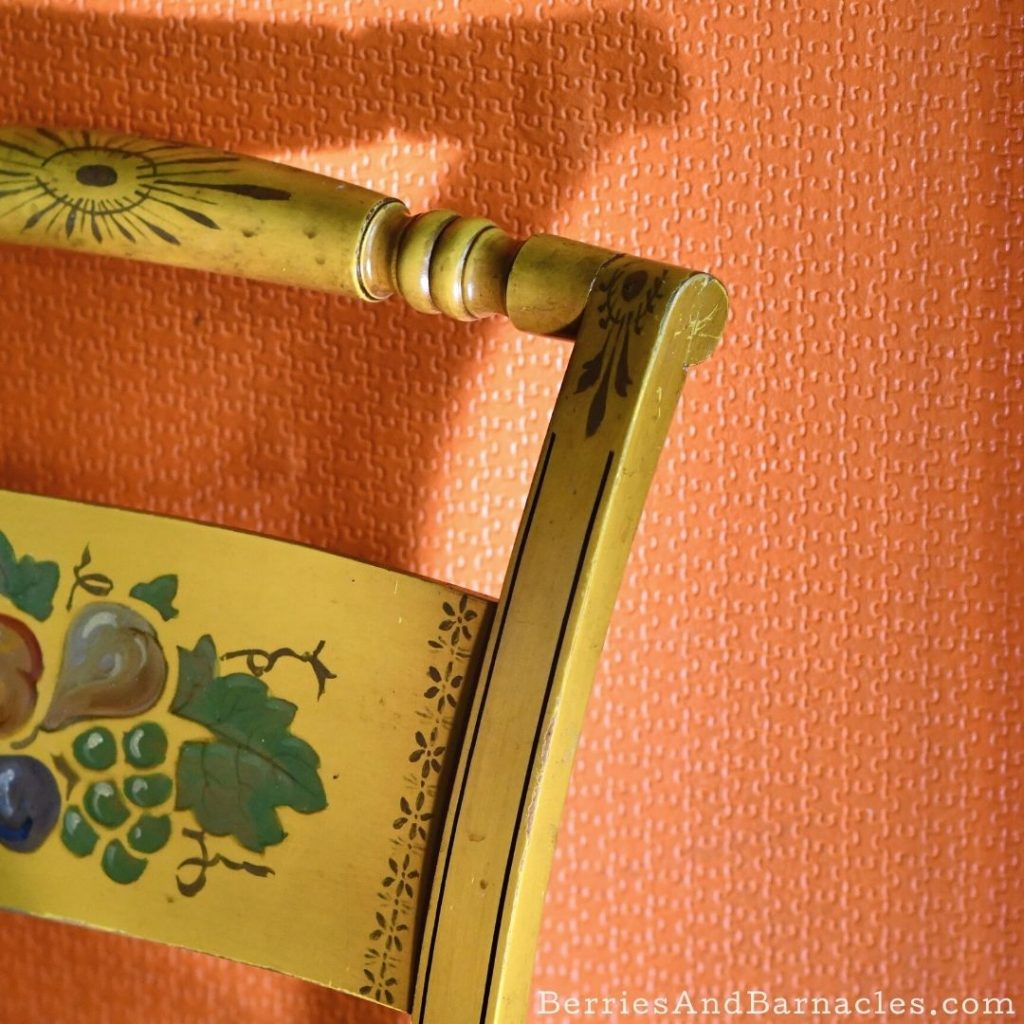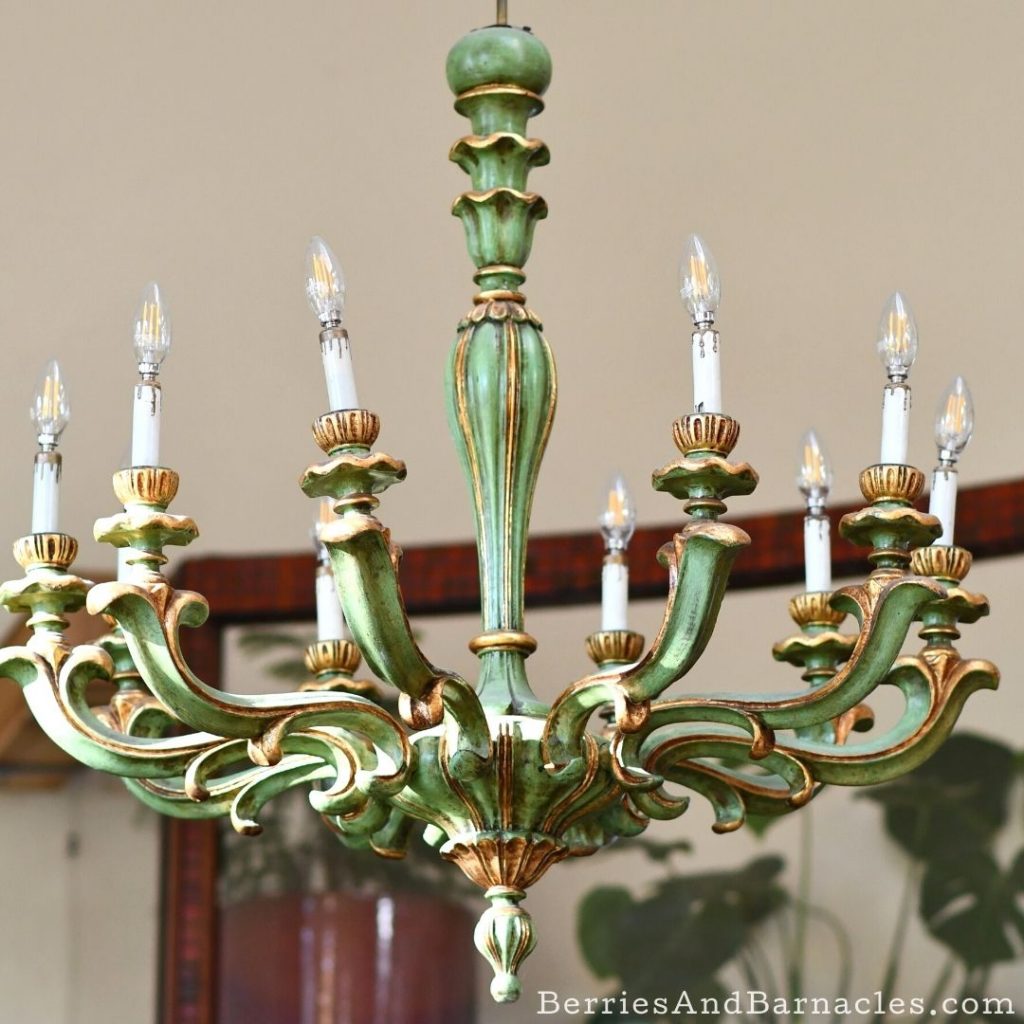Want to know about cooperative housing and other shared housing options? Here’s how our coop works and the BEST things about living in a coop.

We live in cooperative housing. Like all co-ops, it’s a blend between individual ownership and collective ownership. Yet, the concept of how that works seems to confuse almost everyone we meet (outside of our Cooperative).
Here is a brief primer on cooperative housing.
Types of Shared Housing
To start with, here are a few different types of shared home ownership :
- Strata: These are pretty much standard in most places. Multiple individual units share the upkeep and maintenance of shared spaces, like a garage, roof, and exterior gardens.
- Cohousing: Cohousing is a cross between strata and cooperative housing. The homes are individually owned, but they have a larger amount of shared resources than typical strata.
- Cooperative housing: The shared spaces as well as all the individual units are owned collectively by everyone. Every household lives in their own unit, they just don’t own that unit.
- Intentional communities: There are all sorts of different types of intentional communities. Collective farms, ecovillages, and communes will all have their own financial setup. They may operate as a cooperative or some other sort of membership model.
How does cooperative housing work?
Here is how our urban cooperative housing is structured:
- Joining starts with an initial share purchase. The share purchase has no market value and is returned upon leaving the coop. It is similar to an extra-large damage deposit.
- We share a mortgage for the cost of the entire building.
- Shared maintenance of the building isn’t limited to common areas. Individual unit maintenance is also part of the shared upkeep. We budget for kitchen renos, new flooring, etc., and try to maintain the units to a standard level.
- We pay monthly housing charges, which are similar to “rent.” It covers the cost of our collective mortgage payments, taxes, maintenance, etc. But unlike rent, no one earns money off of our housing charges.
So financially, our housing cooperative looks a lot like a rental unit, except that everyone shares in the ownership.
At the moment our housing charges are much lower than market rent. However, there was a point when our housing charges increased significantly to cover the cost of a major renovation. It entirely depends on how much money we need to pay our bills.
Management and Decision Making
Day-to-day decisions are made by an elected (or voluntold) board of directors. We have general meetings 4 times a year, and every household gets to vote on all major decisions.
Our current coop is pretty small (18 units) so we usually can negotiate to a consensus on most issues.
Previously we lived in a large (84 units) coop, and decisions involved more debate. It’s hard to get 200+ people to negotiate and agree on anything, even something as simple as what color to paint the exterior trim.
While a smaller coop may seem easier, there were advantages to living in a large coop, including shared childcare in the common room. Larger coops can also afford to hire a building manager.
In our small coop, everyone helps with maintenance, gardening, finances, etc. (an average of about 10 hours per month).

The BEST things about Living in a Coop
Like any situation where different people are required to get along (work, school, your softball team) the dynamic of the group really changes based on who is in the group. Cooperative housing is just the same. It can be awesome… or difficult.
Luckily our Coop is awesome, as is proven by the fact that most of our members have lived here for 15+ years.
Here are some of the best things about living in a Coop:
- Affordability: Most people seek out coops as an affordable housing option. Because the housing charges are based on the financial situation of the coop, it’s usually cheaper than the local rental market.
- Security: Landlords can be unreliable. Rental prices can go up every year. And, as was the case in our last rental unit, broken windows might not get fixed.
- Shared spaces: Coops often have shared spaces. Both of the coops that we lived in had a community room, playground, gardens, and a woodworking shop.
- Community: Community events and celebrations are a large part of our life. And our kids are always out in the backyard with the neighbors. It is this sense of community that is probably the BEST part of living in a Coop. And there is a certain type of resiliency that comes from knowing your neighbors.



Leave a Reply